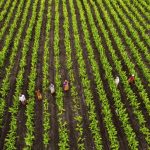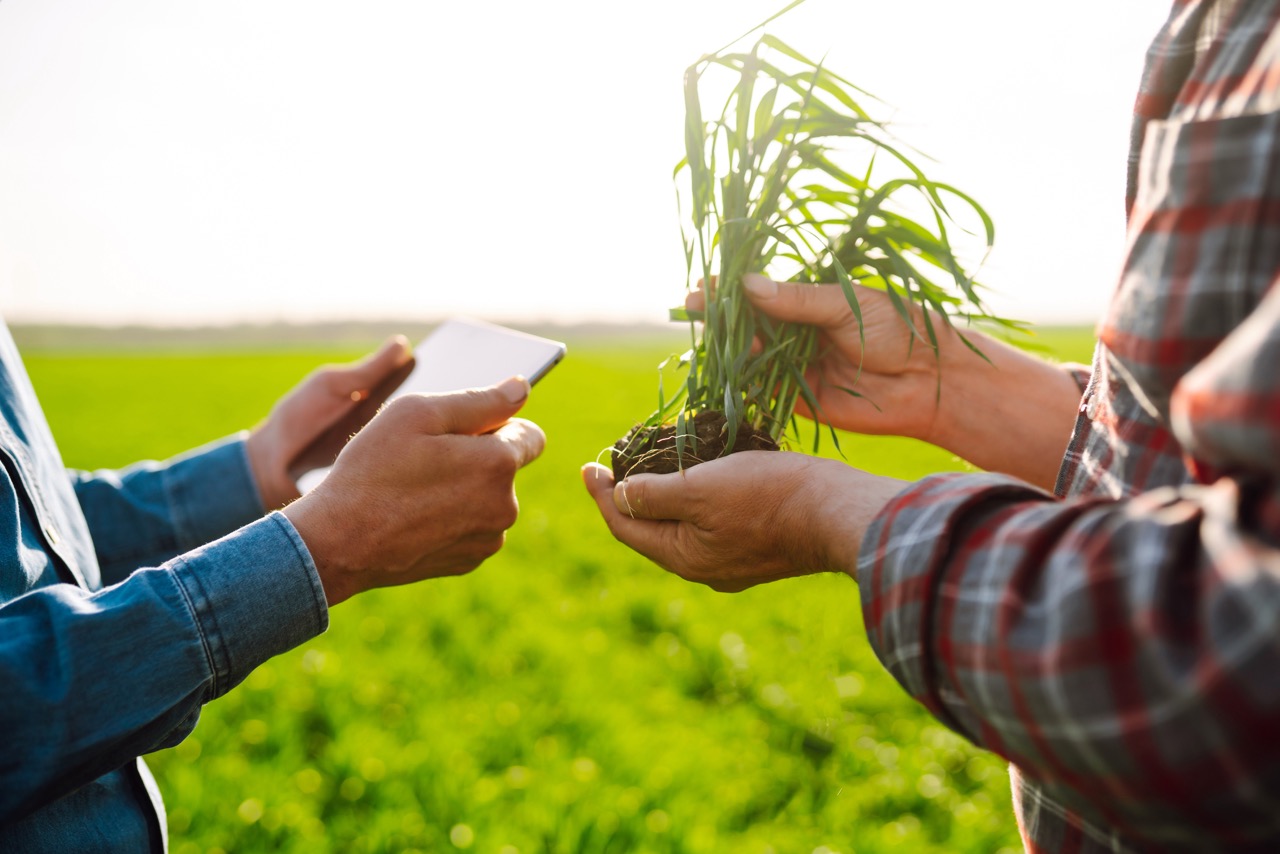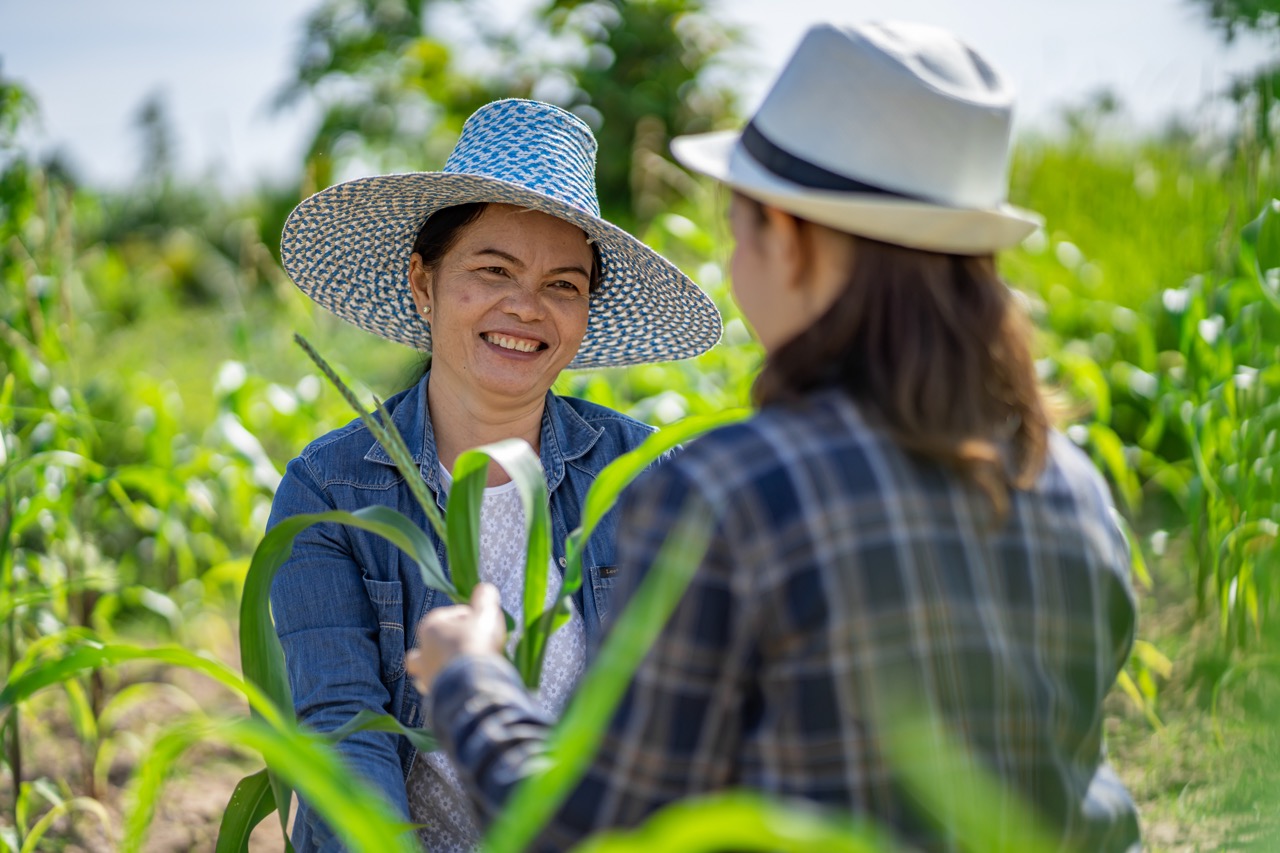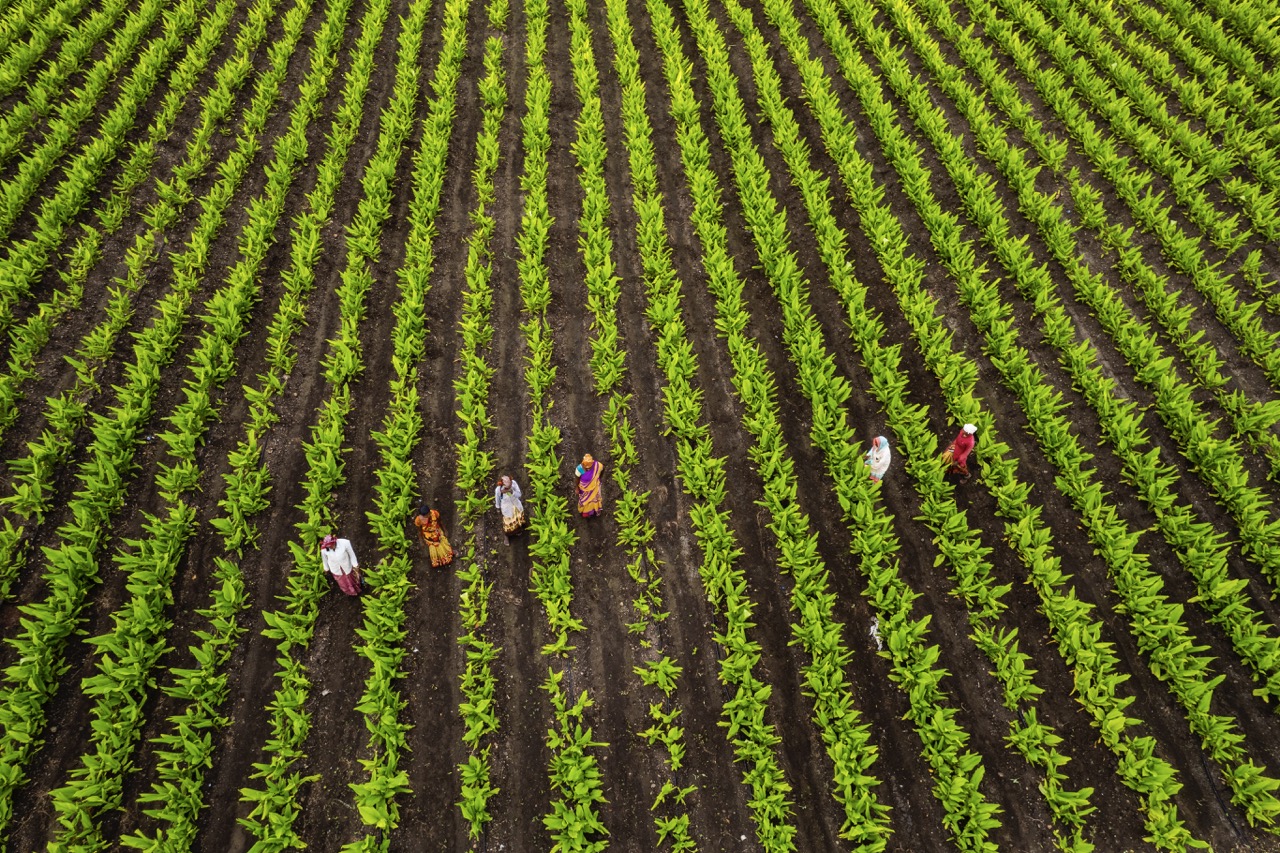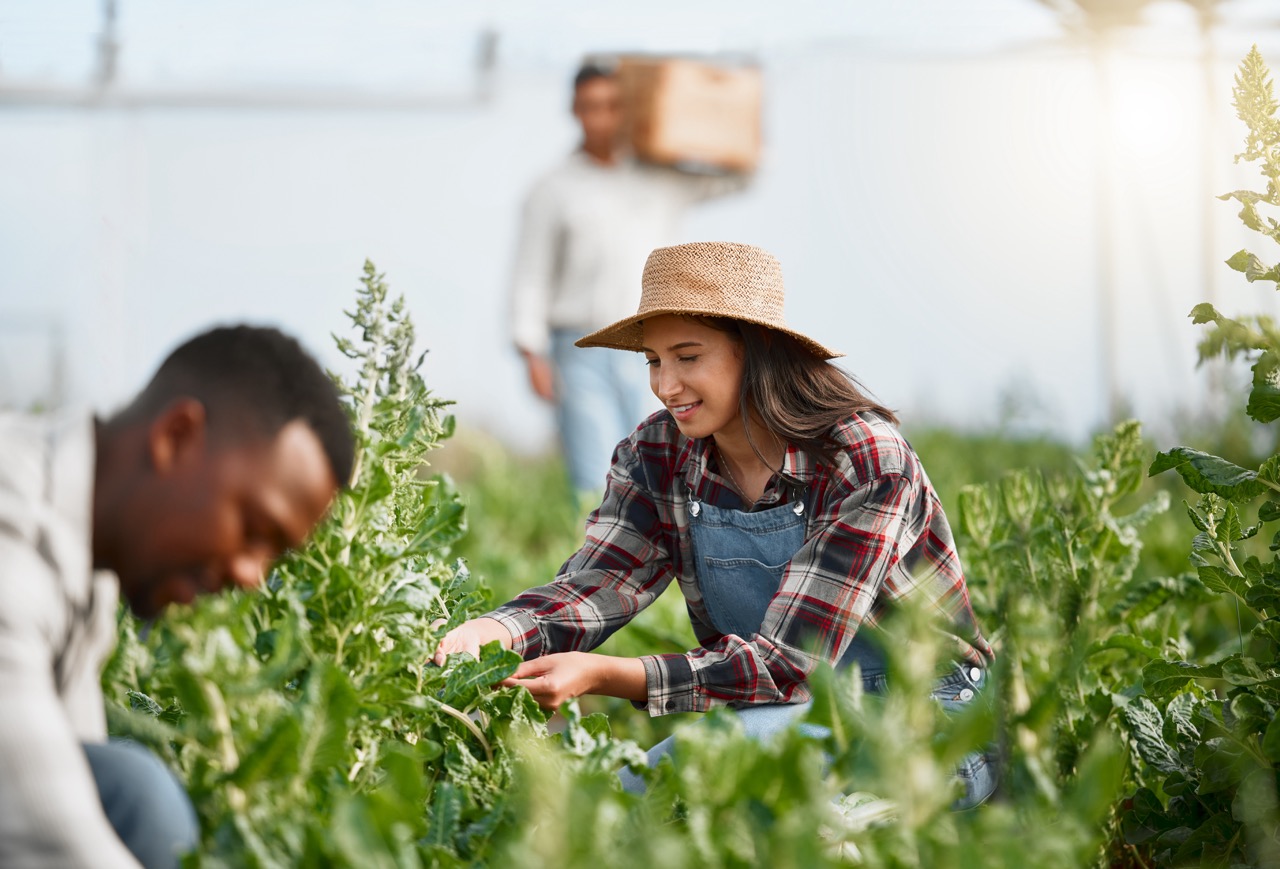In recent years, technology has woven itself into the fabric of agriculture, changing the way farmers interact with their land, crops, and livestock. Agriculture apps have emerged as vital tools that enhance productivity, streamline operations, and promote sustainable practices. As the agricultural landscape evolves, these applications are becoming indispensable for farmers, offering solutions that address various challenges, from crop management to financial planning. This article explores the top agriculture apps that every farmer should consider integrating into their daily operations.
Transforming Farming: The Rise of Agriculture Apps
The integration of technology into agriculture has paved the way for a new era of farming. Traditionally reliant on manual processes, farmers now have access to an array of mobile applications designed to optimize operations and improve yields. From precision farming techniques that rely on data analytics to apps that provide real-time weather updates, technology is transforming how farmers manage their resources. This tech-driven evolution is not just about increasing production; it is also about making farming more efficient and sustainable.
As smartphones and tablets become ubiquitous, farmers are increasingly turning to these devices to access vital information on the go. Apps are enabling farmers to make data-driven decisions, monitor their crops remotely, and access a wealth of resources that were previously available only through traditional means. This shift towards mobile technology is empowering farmers to enhance their productivity and profitability while also minimizing their environmental impact.
Moreover, the COVID-19 pandemic accelerated the adoption of digital tools in agriculture, as farmers sought ways to manage their operations amid restrictions on movement and access to markets. The rise of agriculture apps has facilitated this transition, allowing farmers to connect with suppliers, customers, and essential resources without compromising safety. As a result, the landscape of modern farming is becoming increasingly reliant on digital solutions.
Essential Features to Look for in Farming Applications
When selecting agriculture apps, farmers should prioritize features that cater to their specific needs. User-friendly interfaces are crucial, as they allow farmers with varying levels of tech-savviness to navigate the applications with ease. Additionally, robust functionality that encompasses everything from crop management to financial tracking can significantly enhance the user experience, making it easier to consolidate essential tasks into a single platform.
Another critical aspect is the integration of real-time data analytics. Apps that provide insights on weather patterns, soil health, and crop conditions enable farmers to make informed decisions that can directly impact their yields. Data-driven insights can help farmers optimize resource allocation, schedule planting and harvesting activities, and mitigate risks associated with unpredictable climate conditions.
Lastly, the capability for seamless communication and collaboration is essential. Farmers often work in teams or rely on various stakeholders, such as agronomists and supply chain partners. Apps that facilitate effective communication can streamline workflows and foster collaboration, ensuring that everyone involved is aligned and informed. This is particularly important in an industry that often operates on tight deadlines and fluctuating market conditions.
Top 10 Agriculture Apps Revolutionizing Modern Farming
-
FarmLogs: This app allows farmers to track field activities, monitor crop health, and manage inputs. Its intuitive dashboard simplifies data management and helps farmers make informed decisions based on real-time analytics.
-
AgriSync: Designed for communication, AgriSync connects farmers with experts for real-time support. This app enables easy sharing of images and videos, facilitating quicker problem-solving and better resource management.
-
CropX: Utilizing soil sensors, CropX provides insights into soil moisture levels and irrigation needs. This precision agriculture tool helps farmers conserve water while optimizing crop yields.
-
FieldMargin: A mapping and planning app, FieldMargin allows farmers to create detailed maps of their fields and track progress over time. Its collaborative features make it easy for teams to work together, improving efficiency.
-
AgFunder Network Partners: This investment platform connects farmers with potential investors, providing access to funding resources that can help drive innovation and sustainability in agricultural practices.
-
Farmbrite: A comprehensive farm management solution, Farmbrite offers tools for tracking livestock, managing crops, and overseeing finances. Its user-friendly interface makes it a go-to app for farmers looking to streamline operations.
-
Climate FieldView: This app collects and visualizes data from various sources, allowing farmers to assess their field’s performance. The insights provided enable better planning and crop management.
-
Purdue Crop Cost Calculator: A budgeting tool specifically for farmers, this app helps users analyze production costs and profitability, allowing for more informed financial decisions.
-
Weed ID: This app assists farmers in identifying weeds and provides information on management techniques. By targeting specific invasive species, farmers can enhance their pest control strategies.
-
MyFarm: A customizable farm management platform, MyFarm allows users to tailor the app to their specific agricultural needs, making it a versatile option for a range of farming practices.
How These Apps Enhance Efficiency and Sustainability in Farming
The use of agriculture apps is significantly enhancing efficiency in farming operations. By automating routine tasks such as record-keeping and input management, these applications free up valuable time for farmers to focus on more critical aspects of their business. The ability to track and analyze data in real-time allows farmers to respond quickly to changing conditions, ultimately improving productivity and reducing waste.
Moreover, these apps contribute to sustainability in farming by promoting resource conservation. Applications that provide insights into irrigation needs, soil health, and crop performance enable farmers to optimize their use of water, fertilizers, and pesticides. This precision farming approach not only reduces input costs but also minimizes the environmental footprint of agricultural practices, aligning with global efforts to promote sustainability.
As farmers increasingly recognize the importance of adopting technology, agriculture apps are becoming critical partners in their journey toward modern farming. By embracing these digital tools, farmers can enhance operational efficiency, improve crop yields, and contribute to sustainable agricultural practices that are essential for the future of food production.
In conclusion, agriculture apps are revolutionizing the way farmers operate, offering a myriad of features designed to enhance productivity, efficiency, and sustainability. By selecting the right applications, farmers can streamline their operations, make informed decisions, and foster collaboration within their teams. As the agricultural landscape continues to evolve, embracing technology will be essential for farmers who wish to thrive in an increasingly competitive and environmentally conscious world. The future of farming is undoubtedly interconnected with the rise of these innovative applications, shaping a more sustainable and efficient agricultural industry.


